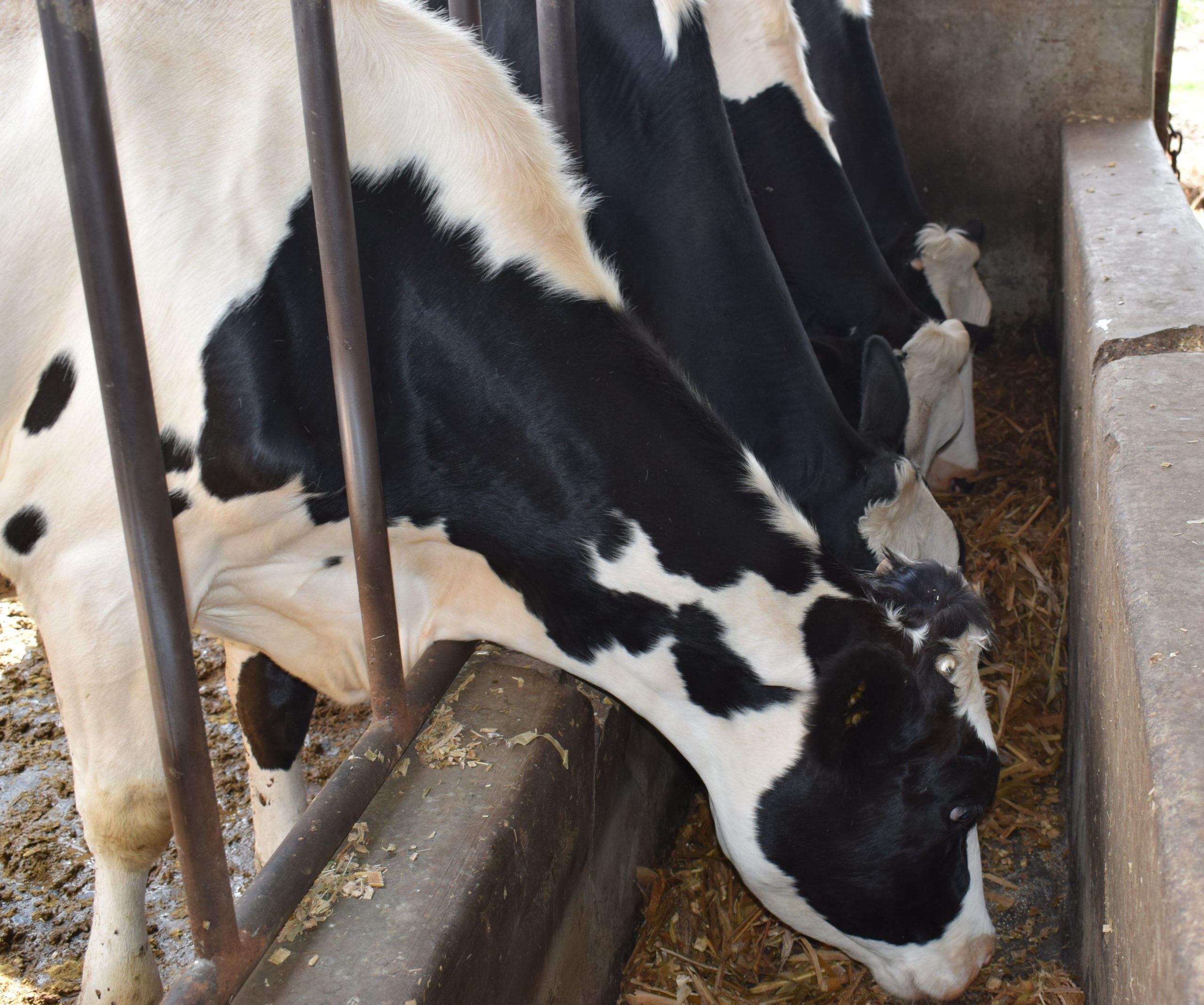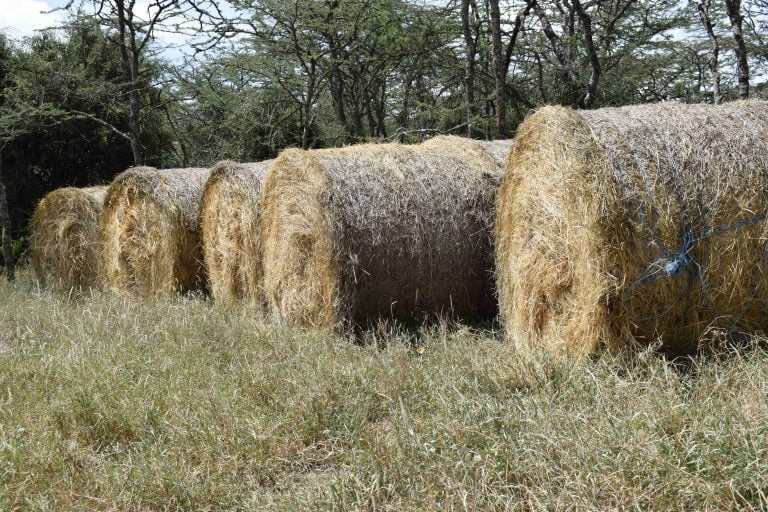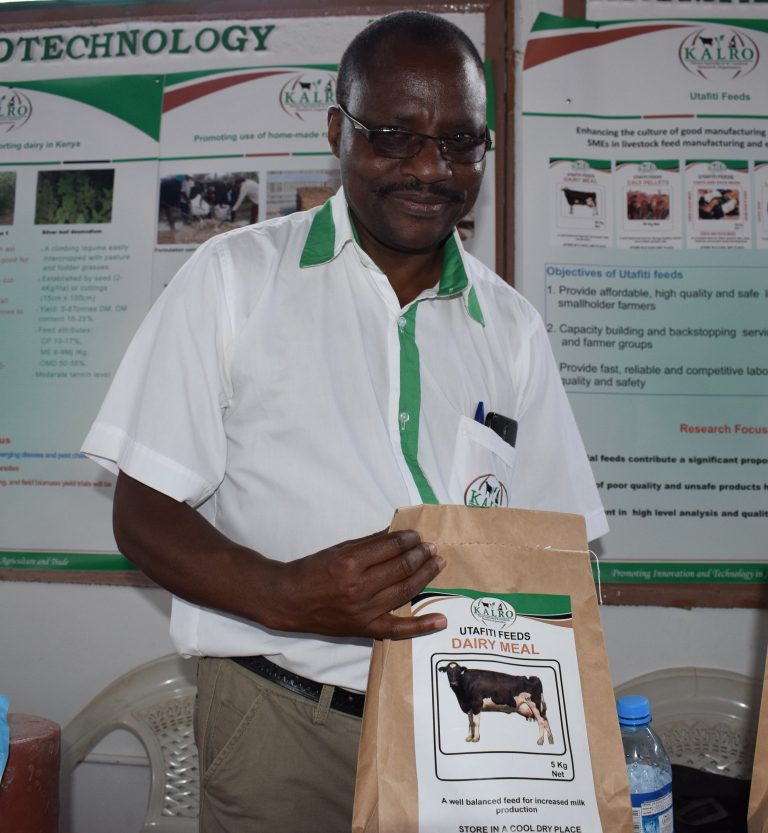By Kimuri Mwangi
Mwangi (not his real name) is a prominent dairy farmer from Nyeri County. We are at his farm and I noticed he formulates his own animal feed instead of buying commercial feed in the market. I wanted to know why he took that route and he gave me an answer that I get from many farmers I interact with – feed not meeting their expectations hence affecting production. He paused for a moment then told me he had another experience that made him decide to stick to his own formulated feed.
“When I started dairy cow farming I wanted to utilize my small land to the maximum. That is why I planted fodder for silage use, used the manure to grow food crops like kales, spinach and others which also complemented my income from milk. Finally, I invested in a biogas system which brought down my energy budget in the farm and I was contented,” he explains.
All was going well in the farm until seven years later when he noticed something was amiss with his biogas system. “I have constructed my system in a way where water/urine and cow dung are collected in different passages before they go to the digester. One morning I noticed that the passage that collected water/urine was blocked which was not common as it only collected water and urine. I decided to scoop the water so that I could see what was blocking it and after a while, I saw some sand. I removed it but realized there was more than I thought,” says Mwangi. He called for help from his family members and as they scooped more sand, they started asking themselves how it where it came from and how it got there in the first place.
“By the end of that exercise, we had 3 tonnes of sand from the channel and everyone was perplexed. We first thought the sand was coming from the cemented floor of the cow structures but then realized if that was the case, the floor would have been totally damaged going by the quantity of the sand. Furthermore, the floor looked ok having been constructed seven years earlier,” Mwangi tells me as we gaze at the floor.
The family members then started exploring the possibility of somebody dumping the sand there but then realized it was impossible. Was one of them involved? Amidst the confusion, they agreed on one thing- that the sand was coming from inside the cows’ structure and mixing with the water and urine. After a thorough investigation, they discovered that the sand was coming from the cows after feeding on commercial feeds. “I was using commercials feeds from one of the known feed manufacturers and I was shocked. The sand was so fine and smooth and it took a while noticing it in the feeds. When I looked at the packaging, I realized it looked small but the weight was as indicated. I realized they were using the sand to add weight and cut on the raw materials used,” explained the farmer.
This information was given credence when I spoke to an agricultural expert who once worked as a Production Manager in a feeds manufacturing company. “As a Production Manager, I realized something was amiss when I was blocked from dealing with raw materials suppliers. I was then ordered to add the sand to the feeds during the mixing stage. The idea was to add five or more kilograms without using raw materials hence leading to more profits. It is a practice that is going on and after conducting my own research I learnt that there is a special type of sand that is used for that purpose. At that time it was being sourced from Nakuru and it was very fine than the common sand used in construction,” says the expert who says he resigned from the company after the fiasco.
A veterinary expert I spoke to confirmed that the sand poses no danger to the cows and that it is excreted normally. This means that those using it in animal feeds are using it purely to gain more profits. However, it is worth noting that the addition alters the feed composition as the sand occupies space meant for recommended raw materials during mixing. Next time you are buying commercial animal feeds, beware on the raw materials used and where you are sourcing them from. You could be feeding your cows on sand or lime which other unscrupulous feed manufacturers are also using.




